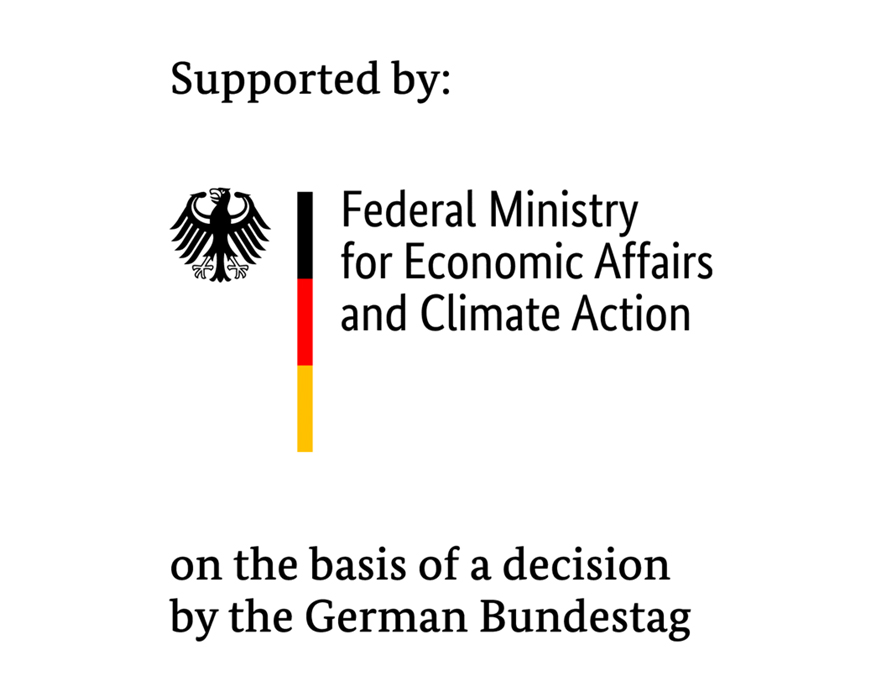| Funding: | BMWi |
| Partner: | IMTK, IMO Group |
| Duration: | 01/2016 - 12/2021 |
Standard practice for designing wind turbine blade bearings is dimensioning, which is largely based on experience. The operating conditions in this rotating union present a particular challenge for the rolling bearings used. This approach works as long as no major changes are introduced to the bearing structure or type of bearing loads. However, new methods of load reduction, new bearing designs and new approaches to interfaces increase the risks. Common standards for determining bearing life (ISO 281) and certification guidelines fall short in this respect. The condition of the bearing which is not visible from outside is determined by measuring the thickness of the lubrication film during operation.
In the research project HAPT the partners are developing the basis for a computational design, which cleverly combines theory, design and validation. A key aspect is to define the system limits for observing the working condition broadly since the components surrounding the bearing as well as pitch system control have a significant influence on the mechanisms of damage and thus on the life of a wind turbine.
For validating theories of life-limiting states and accelerated test methods, Fraunhofer IWES set up the full scale test bench BEAT6.1 for current and future generations of turbines up to 10 MW. The test bench concept focuses on the stiffnesses of the attachment parts hub and blade, load application in the bearing as well as new control methods such as IPC. The condition of the bearing which is not visible from outside is determined by measuring the thickness of the film lubrication during operation. In addition to the large-format bearings, smaller-scale tests validate the theoretical findings. Commissioning of the test infrastructure is scheduled for 2018. After that, several endurance tests on actual-size pitch bearings are planned for a period of two years.
By simulating the real installation situation, different load scenarios and reproducible conditions can be emulated and blade bearings can be tested in various operating modes: dynamic application of load in five degrees of freedom, pitch, interim inspections. The effects of control concepts on bearing life can be checked and repeated any number of times. The reliability and availability of wind turbines can be increased, and costs reduced, as a result.
Further tests of scaled bearings also make it possible to better understand the influencing factors of damage mechanisms. The test results help to design the blade bearings and controllers according to requirements and enable the safe use of load reduction methods and new blade bearing types. A total of eight blade bearings with an outer diameter of 5m are being tested.
In the course of the project Bonfiglioli joined as an associated partner. Bonfiglioli provided a pitch drive with integrated torque measurement and associated design data.
